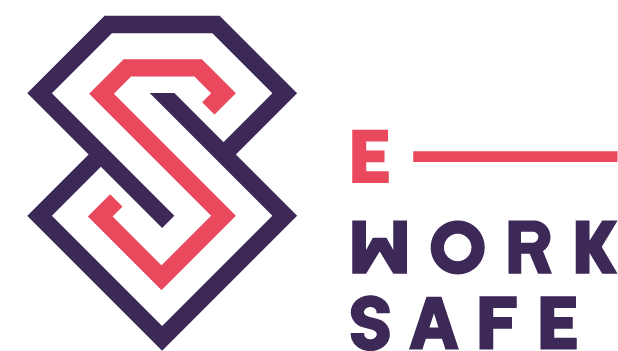As organizations create their digitalization strategy, it’s important that Health & Safety is part of the plan. The past few years has seen various business areas lead the way on the digitization journey. For example, some Maintenance departments have implemented Automated Intelligence (AI) and Internet of Things (IoT) for the purpose of enabling predictive maintenance. Meanwhile, Supply Chain teams have introduced Blockchain to further integrate with their supplier networks. However, these examples tend to be large, technology-intensive projects and, as such, they also come with longer payback times and higher risk of failure.
There is now growing recognition that Health & Safety also presents opportunities for digitalization that can deliver real business value with minimal risk. This is because Health & Safety processes in many companies are still manual and utilize paper-based systems. With this as a starting point, implementing proven, lower-risk technologies such as mobile apps and QR Codes can deliver significant, quick returns to the business with relatively low risk.
The case for Digitalization of Health & Safety can be best summarized by considering 3 key drivers:
1. Business Value
The ROI for digitizing Health & Safety is comprised of numerous factors including:
• preventing workplace injuries,
• enhancing staff engagement,
• ensuring regulatory compliance,
• reducing costs, such as insurance and worker compensation, and
• increasing productivity of business operations.
2. Workforce Expectations
The combination of an ageing workforce and a shortage of skilled trades means that competing for human resources is more important than ever. “Digital Natives”, accustomed to using smartphones for everything from banking and investing to vacation planning and dating are entering the workforce and quite simply expect to work for companies that allow them to use technology to do their jobs. They will not consider jobs where they must fill in paper forms for such things as Job Safety Assessments or other out-dated processes!
3. Key Stakeholder Perceptions
A company’s safety record can have a major impact on its brand. Key stakeholders such as shareholders & the public expect companies to utilize technology to improve safety. Poor Health & Safety performance carries significant reputation risk – it only takes a single safety incident to permanently damage a brand. Conversely, organizations that invest in technologies to keep workers and the broader community safe will reap benefits from being seen as a desirable employer and accrue the related positive perceptions of the brand.
Investing in proven technologies to bring a digital transformation to Health & Safety is good for workers, shareholders and the broader community and good for business as well.
For more information on how e-WorkSAFE can improve your workplace electrical safety and compliance measures please visit at eworksafe.ca.
